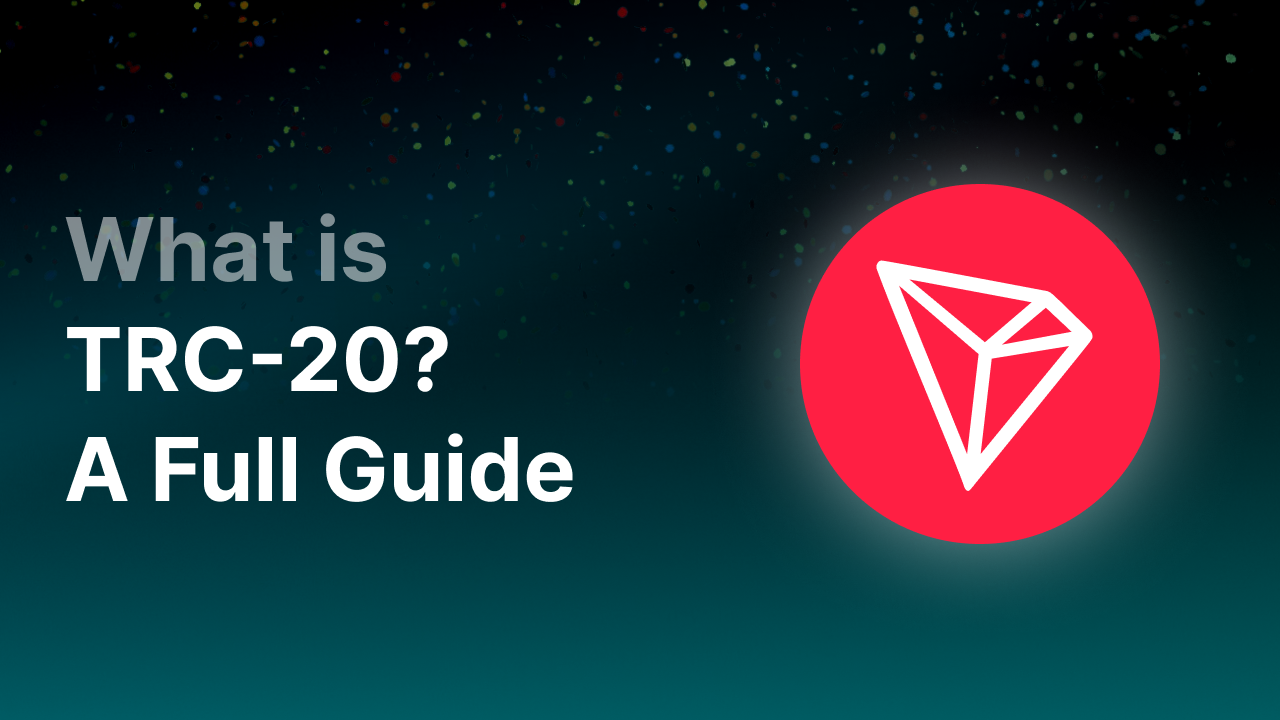What is a white paper and how can you use it?

What is a white paper?
A white paper is a document that describes how a specific problem can be addressed. In essence, it outlines a solution to the problem. This could be a new technology, a product or service, or a description of new government policy.
White papers are informative and provide readers with relevant information on a specific topic. You will often find white papers on government websites and company websites. Examples include industry reports and product information. A white paper describes all the advantages of the technology or product/service, making it a marketing tool that companies use to attract potential customers.
Key Takeaways
-
White papers are informative documents that explain how a particular problem can be addressed. They are used by governments, companies, and in the crypto world to explain ideas, technologies, or policies.
-
In crypto, white papers serve as a marketing tool and source of information. They provide insight into the technology, plans, and added value of a project.
-
A professional-looking white paper does not automatically mean that a project is legitimate. Investors should look critically at issues such as feasibility, team, roadmap, and transparency to avoid scams.
History of the white paper
The white paper, then mainly referred to as “white paper,” dates back to the 19th century. At that time, governments used white papers to describe a country's relations with other countries.
As far as we know, the term “white paper” was first used officially by the British government. In 1922, the United Kingdom published the famous Churchill White Paper on British policy in Palestine. Although government reports were also circulating in other countries, including the German Empire, the United Kingdom is the best-known example where the term “white paper” emerged in its modern sense.
The sharing of documents similar to white papers dates back to the Middle Ages. At that time, administrators already produced books containing political issues and possible solutions to the problems. At the time, these were still books with color. Some examples are: England used blue, the Netherlands orange, and France yellow.
A white paper in crypto
In the crypto market, white papers are also a familiar phenomenon and an important tool for convincing potential investors to invest in a project. We often see blockchain developers writing white papers and posting them on a project's website to explain the added value of the project.
It often provides insight into the technology, specifications, and operation of the blockchain, the function of the cryptocurrency, the future plans (roadmap), and/or scientific substantiation.
The white paper is often shared before the official release of the cryptocurrency in order to attract attention and secure investments. Developers use the money to further develop the project, raise funds for marketing, and attract active users.
Funds are often raised through an Initial Coin Offering (ICO). Investors invest money through an ICO before the crypto is launched, with the promise of receiving the crypto at a low purchase price at a later date. The white paper is often the marketing tool used to convince people to invest in the project.
In addition to being a marketing tool, a white paper is also a tool for keeping your community informed of new developments. That is why you often see crypto projects launching new white papers or updating existing ones.
How can you use a white paper to your advantage?
As an investor, a white paper can give you a lot of insight into the chances of success of a project. Is a crypto or project one of many, or does it really add something to the crypto world, and even better, does it solve a problem? The white paper often provides valuable information and explains the problem they want to solve, what their solution is, and why this is the best way to solve it.
In short, you can use the white paper to your advantage because it can give you insight into whether it is worth investing in. You will also see that crypto traders read the white paper first before investing in the project.
What does a crypto white paper look like?
Crypto projects that share a white paper all have different content. Not every crypto is the same, of course, and they all try (if they are any good) to solve a different problem or offer the best solution to a specific problem. This also means that the content of a crypto white paper is never the same.
There are white papers that consist of more than ten pages, but also white papers that consist of 1 to 3 pages. This all depends on the complexity of a project. You often see that white papers for blockchains such as Bitcoin and Ethereum often have more content than white papers for tokens such as memecoins. Memecoins are often less serious and more community-driven. The content is also often simpler and usually only deals with the tokenomics of a crypto.
However, this does not always mean that a memecoin is not promising and that it is not wise to invest in it. Just look at Dogecoin and Shiba Inu. They have become an integral part of the crypto landscape. Shiba Inu has even published several white papers in recent years and has built a true ecosystem.
Despite these good examples, it is always important to critically examine the quality of a white paper and whether the plans described in it are actually feasible. Not every white paper is automatically a good white paper. Scammers can also publish a white paper that looks professional to make you believe that the project is a solid investment.
Therefore, pay close attention to things such as:
- Concreteness: Are clear goals and milestones mentioned, or does everything remain vague?
- Team: Who is behind the project? Are they well-known or reliable names? Can you find information about their experience?
- Technical feasibility: Are the technical claims realistic, or do they sound too good to be true?
- Tokenomics: What is the distribution of the tokens? Are there signs of possible pump-and-dump schemes?
- Roadmap: Is there a clear plan? Have previous goals been achieved?
- Transparency: Is the project open about risks, or is only the positive side highlighted?
Where can I find a crypto's white paper?
A crypto's white paper can often be found on the project's website. In many cases, this is a PDF file that can be downloaded. Almost every crypto project has a white paper. If a crypto doesn't have one, this doesn't necessarily mean that it's a scam, but it is a red flag. You can then check who the founders are, whether they are legitimate, and whether they intend to publish a white paper.
It is also possible that a website will ask for your details before you can download the white paper. As long as the information requested is harmless, it may be worth doing. Are they asking for a wallet address and/or private key? Then you know in advance that this is probably a scam. People never need this information from you! The private key gives access to your crypto.
The first crypto white paper: Bitcoin - A Peer-to-Peer Electronic Cash System
If you ask someone in the crypto world for an example of a white paper, 99% of people will mention the Bitcoin white paper first. This is the very first crypto white paper and laid the foundation for the crypto world as we know it today. In 9 pages, Satoshi Nakamoto describes how Bitcoin works and how you can use peer-to-peer transactions and Proof of Work to transfer money to others in a decentralized way.
Final Thoughts
A white paper is an essential document that provides insight into the goals, functioning, and plans of a project. In the crypto world, a white paper is often the first introduction to a project and serves as a source of information. It helps investors assess whether a project is legitimate and worthwhile. It is important to look at the quality of a white paper, as well as the team and feasibility of the project.
__01KC926A15P1A0X3VR6DBBV1FK.png)



